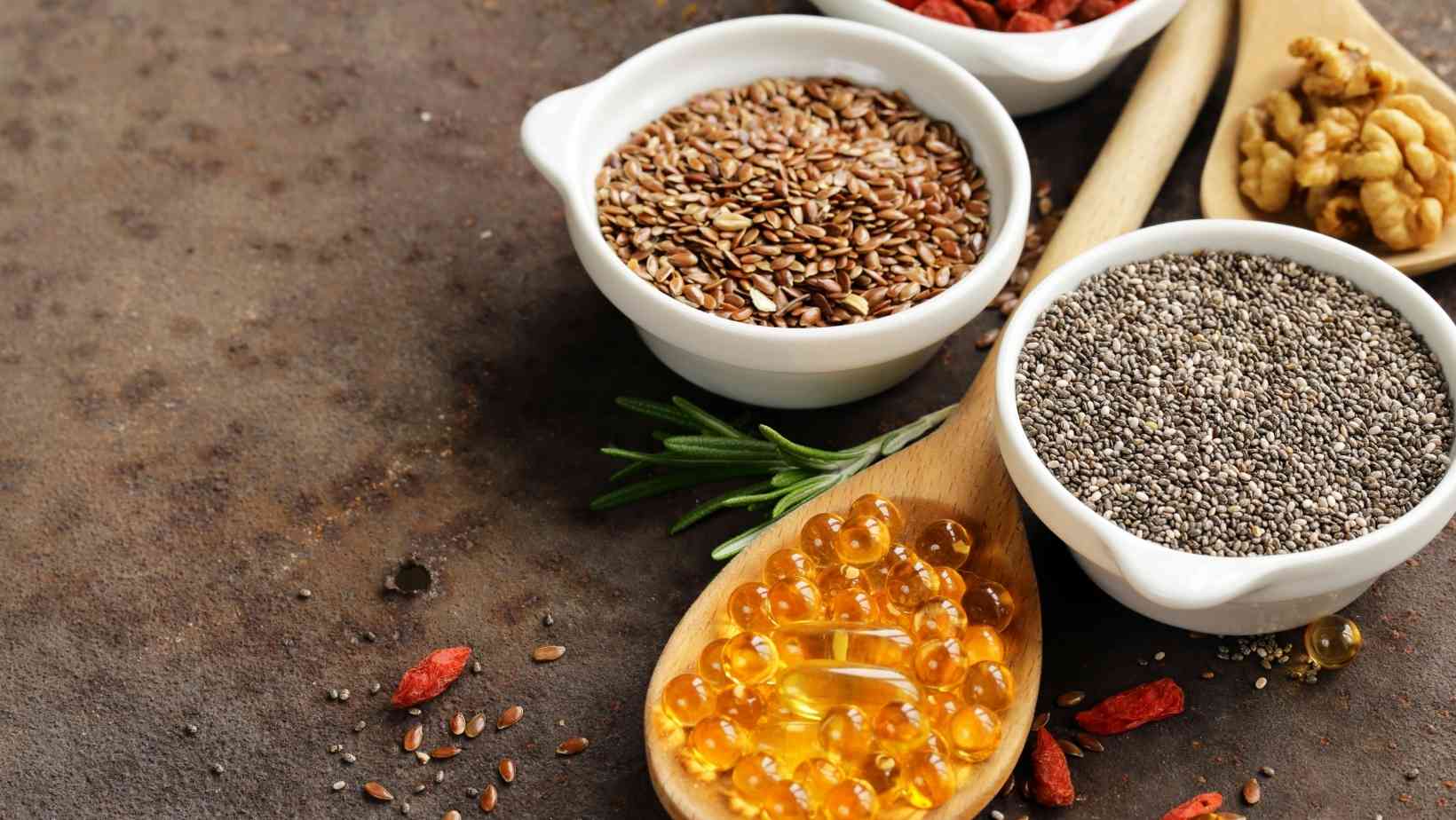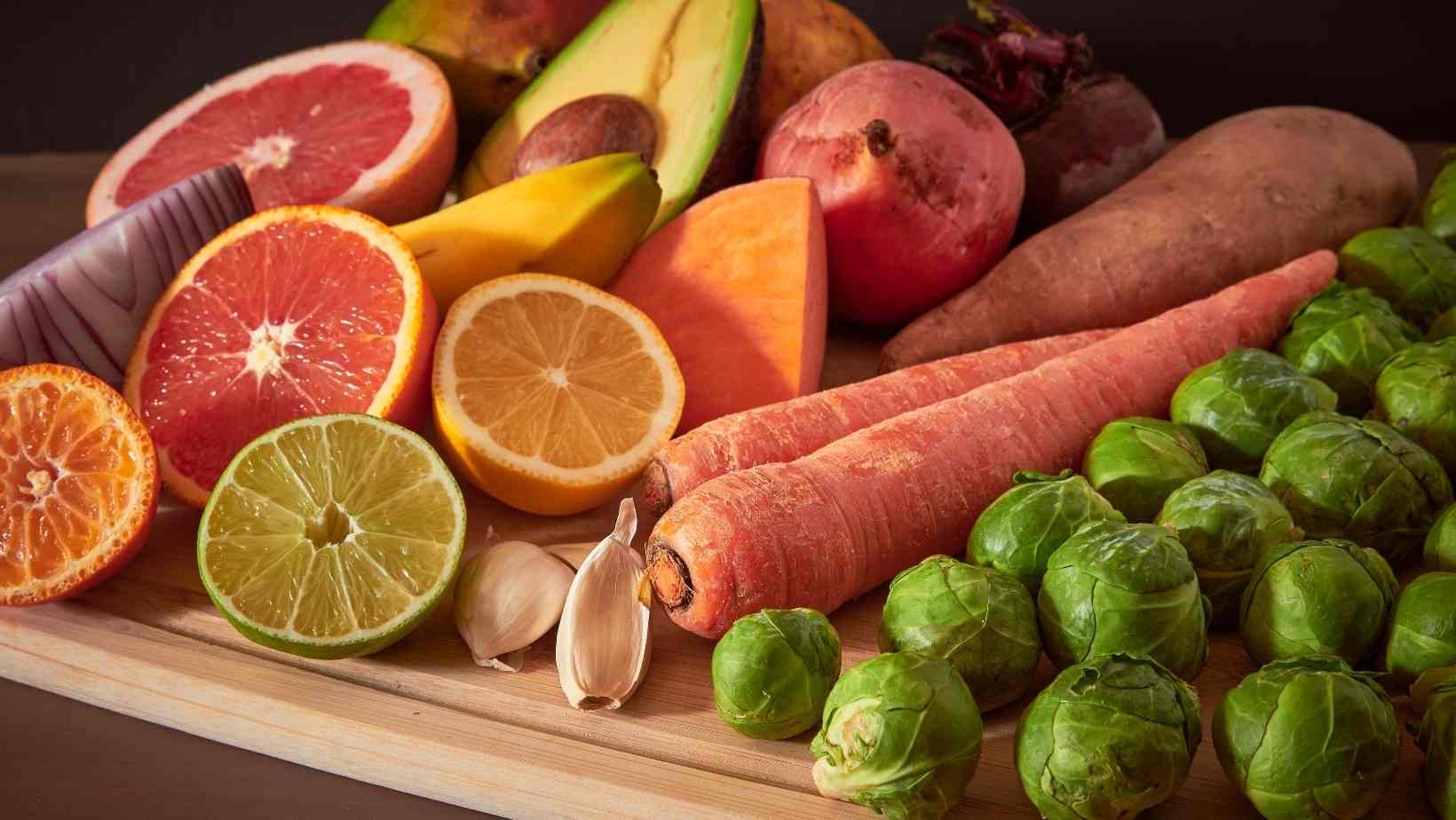Weather conditions in winter are drastically different from those experienced during the hot and pleasant summer. The change in weather necessitates a change in eating habits as well. This year, in particular, presents a number of health concerns since we spend more time at home working from home and because we engage in less physical exercise. Joint pain, weight gain, vitamin D insufficiency, and constipation are just a few of the issues that individuals have when on self-quarantine. As winter approaches, dry skin and hair fall become more of a source of anxiety. Incorporating nutrient-dense foods into your diet may assist you in coping with all of these issues and allow you to experience strong immunity, healthy skin, and overall good health.

Rujuta Diwekar, a celebrity nutritionist, recommends ten winter superfoods that you should incorporate into your diet this season. Here are the details:
Jump to:
1. Pearl millet
Bajra, which is also known as pearl millet, is a multipurpose grain that is high in fibre and vitamin B. It aids in the development of muscle and the growth of thick, frizz-free hair with excellent volume. Because it is a heating grain, it should only be consumed throughout the winter. Bajra may be used to make bhakri, ladoo, khichdi, bhajani, thalipeeth, and other dishes.
Bajra is a winter-seasonal special meal that may be prepared in a variety of ways.
2. Goond
This particular kind of raisin aids in the lubrication of joints, the soothing of digestion, the strengthening of bones, the management of menstruation difficulties, and the elimination of gas. Gond may be transformed into ladoo or gond paani by toasting it in ghee and topping it with sugar before serving.
3. Green Vegetables
Green veggies abound in the winter supply, which is very welcome. Palak, methi, sarson, pudina, and, notably, green lasun should all be included in your diet. Inflammatory properties of green lasun include boosting immunity and alleviating burning sensations in the hands and feet.
4. Root Vegetables
Include all types of root vegetables in your diet, particularly during the fasting season, to make it more filling. Kand is a must-have vegetable that is high in fibre and beneficial bacteria, and it helps to promote weight reduction as well as eye health. Alternatively, you may roast the vegetables and season them with salt and chilli powder to serve as tikkis and subzis, as well as speciality meals such as undhiyo.
5. Seasonal Fruits
Winter fruits such as sitaphal, peru, apple, khurmani, and other varieties are high in macronutrients and fibre, and they are also good for your skin since they hydrate it.

6. Sesame seeds
Sesame seeds are used to make chikki (or gachak), ladoo, chutney, and spice, among other things. Til is high in vital fatty acids and vitamin E, and it is beneficial to the health of the bones, skin, and hair.
7. Peanuts
There are a plethora of things you can do with peanuts. Use them as a snack or chutney, or include them in other dishes such as salads and subzis. Peanuts are high in protein, vitamin B, amino acids, and polyphenols, to name a few nutrients.
8. Clarified butter
Ghee may be used to cook meals or to top dal, rice, roti, and other dishes. Ghee is a rich source of vitamins, minerals, and heart-healthy fats, and it is very nutritious.
Ghee and other healthy fats should be included in your regular diet.
9. White Butter
Increase the flavour of your cuisine by using homemade butter to make parathas, bhakri, thalipeeth, saaga and dals, among other things. White butter is beneficial for joint lubrication and skin hydration, and it is particularly beneficial for the strain placed on the neck and spine as a result of working from home.
10. Pulses
Pulses such as Kulith may be used to produce a variety of dishes such as parathas, soups, dals, atta, and so on. Kulith is high in protein, fibre, and other minerals, and it is recognised for its ability to avoid kidney stones as well as bloating and constipation.




